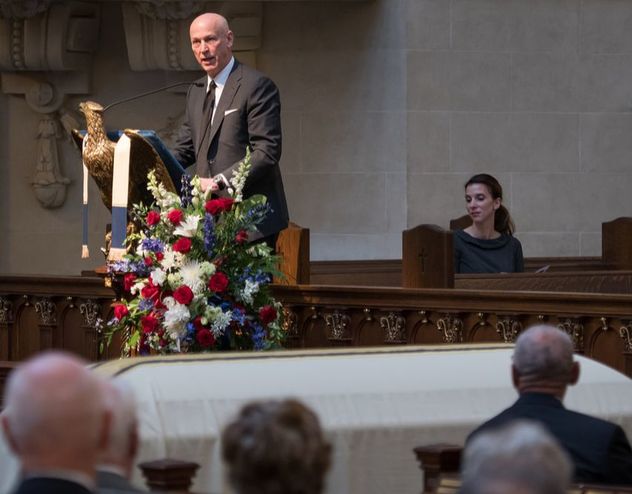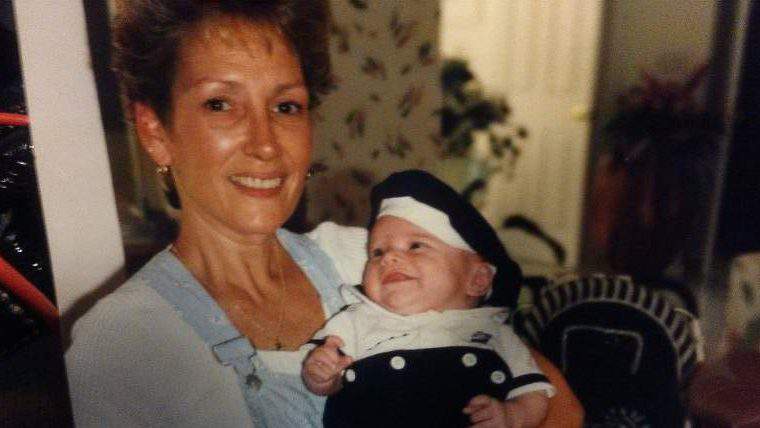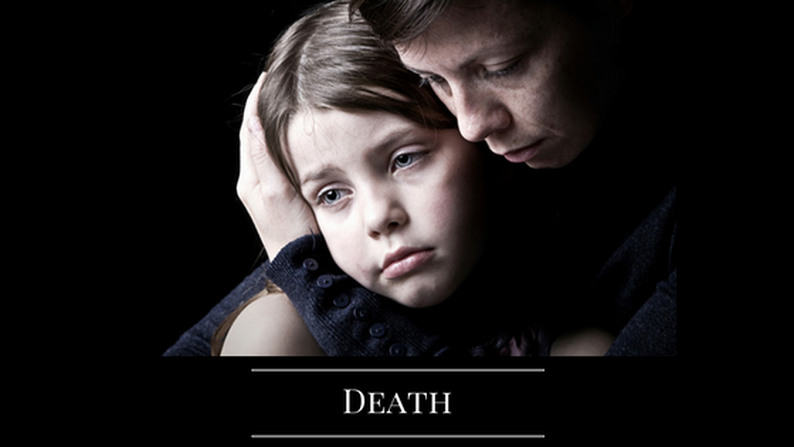On the surface, Bowen theory and theology are like oil and water. They don’t mix. Dr. Murray Bowen, a research psychiatrist, spent his life developing, teaching and applying his theory of human behavior. Institutions of faith spend their time preserving systems of beliefs and practices. At times, however, Bowen theory is miscible with theology like steamed milk and espresso. I will attempt to connect the observations of reactivity found in Bowen theory with the concept of crucifixion and resurrection found in Christian theology.
I was invited by a colleague to be one of seven guest preachers at a Good Friday service. There is a tradition in some congregations to reflect on the seven last words (really sentences) of Jesus. I was assigned the words: “Father, forgive them. They don’t know what they are doing.” It’s a remarkable phrase if you think about the context.
Jesus, at the time of his arrest, trial and crucifixion, was abandoned by those who knew him, loved him and followed him. They ran away, denied knowing him and orchestrated his arrest. The image of Jesus on the cross is a picture of betrayal. It is from there that Jesus utters the words, “forgive them.” And then he comes back from the dead to forgive them.
In my sermon at that Good Friday service, I predicted how I would respond If I were left for dead. If it were me, and I could come back from the dead after being abandoned by my family and close friends . . . there would clearly be hell to pay! Forget about love and forgiveness. Instead, there would be retribution and retaliation; manifestations of my reactivity. At the very least, it would be a struggle to come back and forgive.
In Bowen theory, reactivity to anxiety (a response to a perceived fear) is woven throughout Bowen’s eight concepts. As anxiety increases so too do our automatic responses to it. In the family, people are continuously adjusting their physical and emotional spaces to one another in response to anxiety. As anxiety increases, people either move towards others or they create distance. These shifts towards and away from others are automatic. However, people do have the capacity (although there is wide variation from family to family) to disrupt this automatic response by being more objective and thoughtful.
Dr. Murray Bowen observed that through a differentiated intellectual system, one could use beliefs and core principles to not react automatically to a rise in anxiety. He proposed that there is a way for individuals to manage themselves better when anxiety goes up in the family. It includes engaging one’s best thinking. In three of the four gospels it states that, when Jesus appeared in the resurrection to those who had abandoned him, he did not react or retaliate. Instead, he forgave them and offered them peace.
More than just a moral influence, Jesus behaves differently (does not react) and in so doing ends, in his body, a cycle of violence and hatred (automatic reactivity). By not retaliating, Jesus creates opportunities for others to shift their functioning to be less reactive and more belief driven.
Dr. Bowen observed the behavioral outcomes of rising levels of anxiety in families with limited capacity for self-regulation. The family functions as an emotional unit with each person playing a part in managing the family anxiety. For example, as anxiety rises, an individual in the family is singled out as the source or cause of the anxiety. In response to the anxiety, families may blame, distance or cutoff from certain individuals. In the short term, this reduces the tension in the family. This is, at its most basic level, reactivity. All families can do better when it comes to being less reactive and more thoughtful.
The alternative to blaming others is to step back and observe how the family as a system produces problematic behaviors in self and in others. Instead of distancing or cutting off from someone in the family, one can learn to lean into a challenging relationship. One can learn to manage their reactivity better when they are revved up by the behavior of others. Efforts to be a more mature version of oneself involve working on what Bowen called differentiation of self. It is a way for the human to be less reactive and guided by core principles and beliefs.
More than a moral effort, Bowen’s concept of differentiation leads to a better functioning family system. The effort to slow down and tone down reactive, automatic behavior can change a multigenerational transmission process. Jesus’ words of forgiveness represent an effort to manage self and one’s reactivity to violence and hateful behavior that is rooted in beliefs and core principles. It represents an effort of differentiation of self.





 RSS Feed
RSS Feed